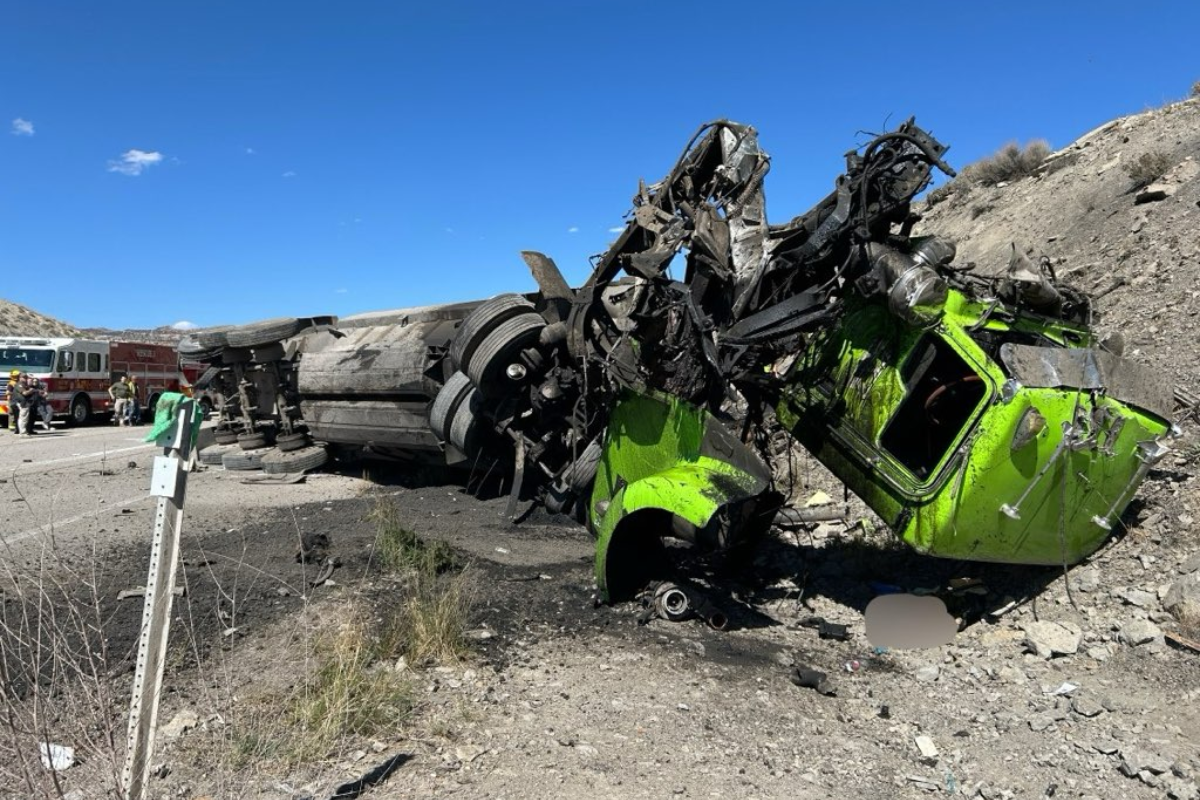Tragedy struck London in the early hours of May 24th, as a fire ripped through a residential building in Brent, northwest London, claiming the lives of four individuals and leaving two others injured. This is a devastating event, and frankly, it’s a wake-up call regarding fire safety standards in overcrowded urban areas.
Authorities have apprehended one suspect in connection with the blaze, but the investigation is still in its nascent stages. So far, the cause of the fire remains unknown. However, one thing is clear: we need answers, and we need them fast.
Let’s be blunt: these incidents aren’t isolated. They’re symptomatic of broader issues concerning building regulations, fire prevention measures, and rapid urban development.
Knowledge Point: Understanding Fire Safety in Residential Buildings
Fire safety in residential buildings is a multifaceted issue. Regular fire risk assessments are vital to identify potential hazards. These assessments evaluate everything from electrical systems to escape routes.
Smoke detectors aren’t just recommended—they’re essential. Functioning smoke detectors provide early warning, dramatically improving chances of safe evacuation. It’s the first line of defense.
Building codes play a crucial role. They dictate requirements for fire-resistant materials, sprinkler systems, and emergency exits, all aimed at minimizing damage and saving lives.
Properly maintained escape routes must be clear and unobstructed. Panic during a fire can lead to poor decisions, so familiarity with safe exits is paramount.
Finally, community education on fire safety best practices is indispensable. Knowing how to react in an emergency is a skill everyone should possess.







